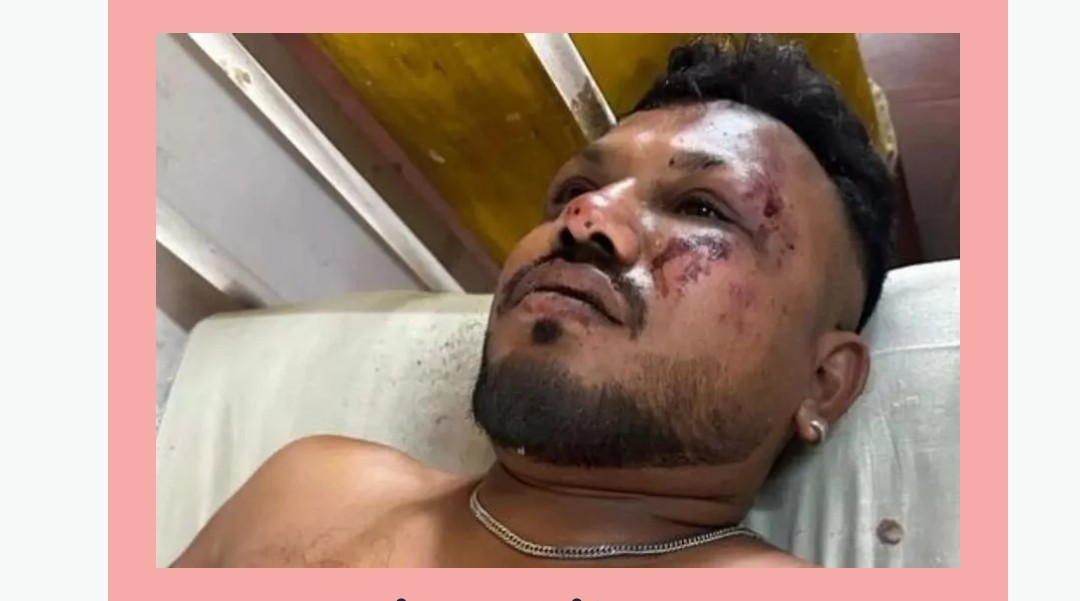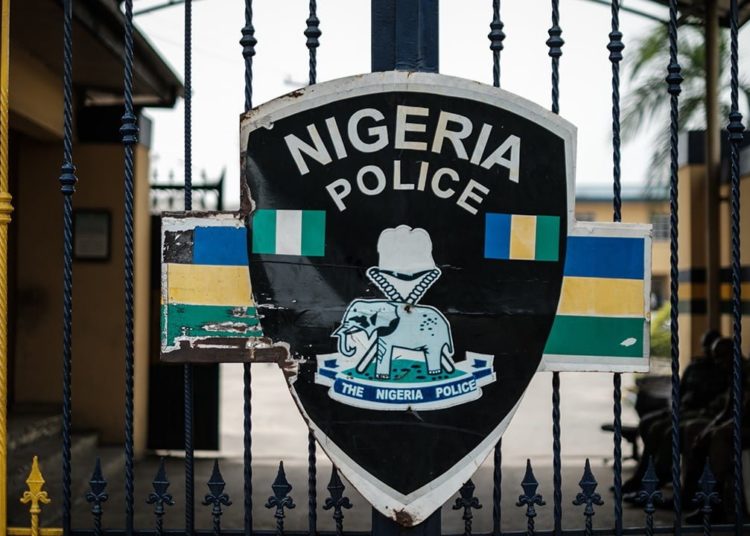“When the flight took off, within five to 10 seconds it felt like it was stuck in the air. Suddenly, the lights started flickering – green and white – then the plane rammed into some establishment that was there”
As families across the world grieve in the aftermath of yesterday’s Air India Flight 171, the question of how solve survivor Vishwash Kumar Ramesh walked away with his life continues to perplex
As investigators worked through the wreckage and rubble after the Air India flight disaster, police soon warned there would be no survivors from the doomed jet.
Then, in an incredible twist of fate, a British passenger walked away from the scene of horror, showing barely any signs of the terror he had endured.

Londoner Vishwash Kumar Ramesh boarded a Boeing 787-8 Dreamliner aircraft bound for London’s Gatwick Airport, having spent a few days in India visiting family.
Shortly after take-off, it became clear that something had gone terribly wrong, with the plane sending a desperate ‘Mayday’ signal to those on the ground.
Out of the 242 souls who boarded the aircraft that day, only Vishwash can tell the story of what happened next, with authorities believing him to be the sole survivor.
While many questions remain in the aftermath of the catastrophe, there is one that continues to perplex above all others. How did Vishwash survive?
Nayan Kumar Ramesh, the brother of the surviving passenger, told BBC News that Vishwash “has no idea how he survived”, or how he managed to exit the plane. He shared: “We were all in shock as soon as we heard what happened, just utter shock. Speechless. He himself has no idea how he survived, how he got out the plane.”
Telling his story to the Hindustani Times, Vishwash shared the lights on the plane “started flickering”. He said: “When the flight took off, within five to 10 seconds it felt like it was stuck in the air. Suddenly, the lights started flickering – green and white – then the plane rammed into some establishment that was there.”
Shedding some light on how he managed to get out, Vishwash told the publication that the section of the plane he was sitting in landed on the ground, instead of hitting the roof of a building. According to Vishwash: “When I saw the exit, I thought I could come out. I tried, and I did. Maybe the people who were on the other side of the plane weren’t able to.”
Heartbreakingly, Vishwash saw the tragedy unfolding around him before getting to safety. He continued: “I don’t know how I survived. I saw people dying in front of my eyes – the air hostesses, and two people I saw near me … I walked out of the rubble.”
“Thirty seconds after take-off, there was a loud noise and then the plane crashed. It all happened so quickly.”
Recalling how “there were bodies all around” him, Vishwash continued: “I was scared. I stood up and ran. There were pieces of the plane all around me. Someone grabbed hold of me and put me in an ambulance and brought me to the hospital.”

Relatively minor injuries
It’s thought that Vishwash could well be discharged from the hospital within the next couple of days.
Extraordinary footage shows Vishwash walking away from the site of the crash, appearing relatively unscathed. And indeed, it would appear that his injuries are fairly minor, all things considered.
Vishwash reportedly suffered chest, eyes and feet injuries on impact, but appeared surprisingly alert as Indian Prime Minister Narendra Modi visited him in his hospital bed.
Dr. Rajnish Patel, professor and head of surgery at Ahmedabad Civil Hospital, revealed to CNN that Vishwash’s condition was “not very critical”, adding that he could well be discharged within the next couple of days.
The medic clarified: “He has some blood in the images, but he’s not very badly injured. He is very comfortable and under strict observation, no issues.”
The Mirror has today heard from body language expert Judi James, who offered her thoughts on the interaction between Vishwash and Mr Modi. Judi said: “The body language of this visit perhaps illustrates the incredible narrative of this man’s survival.
“The initial intention seems to be for Modi to stand near the end of the bed and visit from a polite distance but the survivor appears keen to talk, suggesting that the way Modi moves closer to the head of the bed, moving the drip further down to get closer, is a response aimed at listening and maybe responding intently.”
She added: “As the man in the bed speaks, even using hand gesticulations to illustrate his story. Modi leans over the bed, placing his hands out in a protective-looking splay to get closer and to listen more intently with a concerned frown.
“There is a comforting and reassuring pat on the arm at one point, but this looks like one man going into intense listening mode as the other, amazingly, looks keen and well enough to relate his own unique story.”

Desperate search for brother
Vishwash had been travelling with his 45-year-old brother Ajay Kumar Ramesh when the plane went down. It’s understood that Ajay had been seated in a different row and, at the time of Vishwash’s media interview, he was unaccounted for.
He pleaded, “We visited Diu. He was travelling with me and I can’t find him anymore. Please help me find him.”
In his BBC interview, Vishwash’s other brother, Nayan, said: “When he called us he was just more worried about my other brother, like ‘Find Ajay, find Ajay.’ That’s all he cares about at the moment.”
Sadly, Air India has since stated that 241 of the 242 people onboard the plane died in the crash, with Vishwash being the sole survivor. Indian officials have also confirmed that an additional eight people who weren’t aboard the plane have died on the ground.
Ahmedabad authorities informed the BBC that four of the deceased had been medical students living in one of the buildings into which the Dreamliner crashed. Another four were relatives of other students who were living in the hostel at that time.

Puzzling seat
Naturally, there has been plenty of fascination with the incredibly lucky seat 11A, and whether this particular positioning somehow protected Vishwash from the brunt of the impact.
It turns out, however, that seat 11A, located in the emergency exit row, just in front of the left wing, wasn’t an especially safe seat at all, with experts expressing utter bewilderment.
CNN safety analyst and former US Federal Aviation Administration safety inspector David Soucie had advised that Vishwash’s survival is “incredibly surprising”.
He told CNN how the seat was positioned, “right where the spar of the wing would go under, and it would be a solid place for the aircraft to hit the ground, but as far as survivability above it, that is incredibly surprising.”
Data from the National Transportation Safety Board in the US, which came from analysis of 20 plane crashes, found that passengers sitting at the back of the plane had the best chance of survival – a 69% chance of staying alive compared to 59% for those at the front.
Another study, by Time, analysed crash data and also found that the back of the plane seemed to be the safest place to sit. It also found that passengers sitting in the middle seat tended to have a higher chance of survival, Forbes reported.
Seat maps of the aircraft show that Ramesh’s seat, 11A, was positioned close to the front of the plane. He was also next to a window – all of which makes his survival statistically unlikely.
However, he was placed near an emergency exit, according to the plane diagram, which could have played a key role in his survival. Cary Grant, an assistant professor at Embry-Riddle Aeronautical University’s College of Aviation, told Travel + Leisure that “if there was a seat that was safer, being close to an emergency exit increases the chance of getting out quicker”.
Source: MIRROR




